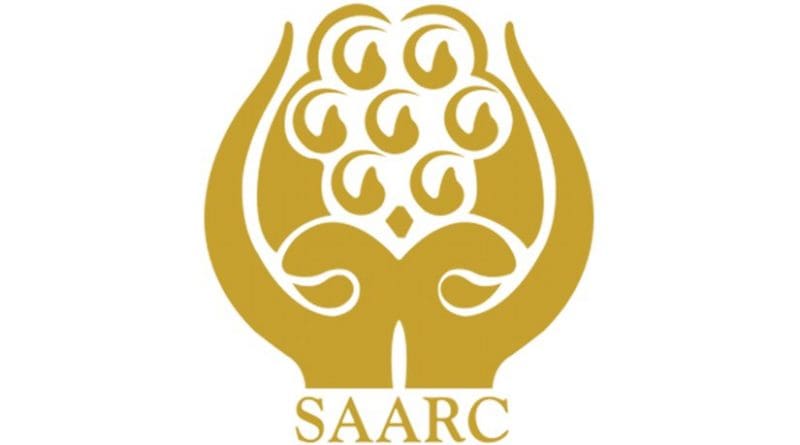ASEAN and SAARC: Intra Regional Connectivity
By IPCS
By Tanvi Pate
During the recent 16th SAARC Summit at Thimpu, the enthusiasm to firm up the agreements on developing intra-regional connectivity was dampened as Pakistan refused endorsement of the Motor Vehicles Agreement meant to provide connectivity between Kabul and Dhaka criss-crossing the South Asian region. It is imperative to examine that after twenty-five years of existence, to what extent has SAARC achieved one of its main ambitions of intra-state connectivity? How has SAARC fared as compared to the Association of Southeast Asian Nations (ASEAN) in terms of Cross Border Infrastructure (CBI)? And if SAARC is woefully inadequate, why is that so? What should SAARC do to address this problem?
Cross border connectivity is an important aspect that automatically comes to fore when gauging the success of any regional organization. Connectivity brings countries together and acts as a dispensable force for harmonizing cross-border legislations. It also facilitates intra regional trade and bestows an opportunity upon the ‘land locked’ countries to eventually become ‘land linked’.
ASEAN, in this sense has come a far way since its inception in 1967. With intra-state and regional connectivity growing fourfold over the past two decades, a complex maze of road and air networks now connects the major cities. For instance, Thailand-Malaysia-Singapore are connected by the North South expressway where extending from Bukit Kayu Hitam in Kedah near the Malaysia-Thai border connects Phetkasem road in Thailand to Johor Bahru in southern Malaysia and finally joins Singapore. The Myanmar-Thailand-Cambodia link road starts from Myawaddy-Mae Sot-Tak-Bangkok-Aranyaprathet to Khlong Luek on Thailand-Cambodia border through Siem Reap and Phnom Penh. Similarly, all the major airports in the region operate direct flights between most of the capitals. The number of direct flights each week range almost from seventy between Kuala Lumpur and Singapore to twenty-one between Yangon and Bangkok, respectively. Even Phnom Penh and Vientiane operate on an average seven direct flights a week.
SAARC, on the other hand displays grossly inefficient CBI as there are no direct land routes in operation between India and Pakistan or India and Sri-Lanka. Single transit routes connect Petrapole (India) to Benapole (Bangladesh). Bhutan and Bangladesh are connected via India through Phuentsholing (Bhutan)-Jaigaon (India)-Changrabandha (India)-Burimari (Bangladesh). Likewise Nepal and India are linked by border towns of Birgunj and Raxaul, on western front the Kabul-Pakistan highway connects Pakistan and Kabul. Direct flight connectivity in SAARC is also minimal. For instance, the busiest hub is New Delhi-Kathmandu, with an average of forty-two flights to and fro every week. Apart from only three flights weekly between New Delhi and Paro, there are no direct flight connections from New Delhi to either Dhaka or Male or between Kabul and Karachi.
The above comparison clearly displays the wide disparity between CBI of these two regional organizations. One of the reasons as to why ASEAN has succeeded in connecting itself is due to its massive intra regional trade, which has forced the countries to soothe out their trade barriers as displayed by the zero tariff regimes already in place between the original five members and Brunei. Goods being dumped in individual markets is a prevalent concern in ASEAN, however it is recognized that complex production links and joint ventures would remedy these short term adjustment losses. Measures like ASEAN Transport Action Plan 2005-2010, have also encouraged the countries to upgrade or establish new road and air networks. On the whole, the group has realized that their trade potential will remain under- exploited in absence of proper connectivity and will put in jeopardy their ambition of forming an Economic Community by 2015.
The scenario in SAARC is in complete contradiction. The successive summits have stressed the importance of CBI and the regional multimodal transport study has given important suggestions on linking the region through various corridors, however SAARC countries have not really gathered pace in addressing these shortcomings cooperatively. Connectivity has been hampered by inadequate rules and regulations across the borders, as evident from the lack of formal transit agreement at regional level or bilateral level. Due to lack of political trust and the fear of their markets being swamped by goods, small countries like Bangladesh still refuse to allow transit rights to India. Moreover, SAARC corridors do fall under the Asian Highway Network project and Asian Development Bank has forwarded loans for roads like AH2 in Nepal, but the pace of up-gradation is incredibly slow. Low intraregional trade along with sluggish attitude towards regionalism are definitely the main causes of low intra regional connectivity in SAARC.
ASEAN is able to enhance its connectivity, as for its members, ASEAN is a number one priority, whereas this does not stand true for SAARC. For establishing greater connectivity, the member countries will have to overcome their bilateral issues, promote intra-regional trade and make efficient use of private resources available. A proper time frame for completion of CBI is also needed whereby a stipulated action plan could speed up the process further. Unless SAARC member countries peer into the abyss of opportunities that lie ahead and focus on the benefits of intense regionalisation, connecting SAARC will remain a distant possibility.
Tanvi Pate is a Research Intern at IPCS and may be reached at [email protected]. This article was published by IPCS.

